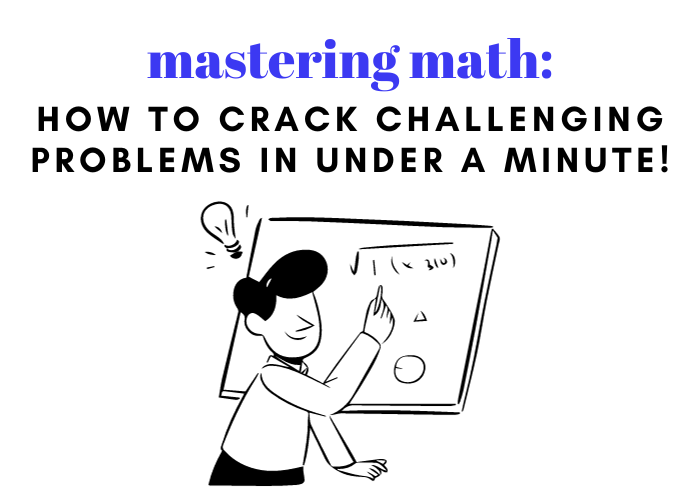

Last Updated on May 26, 2022
By 6th grade, most students know what to expect from a math test. Yet some kids still struggle—who otherwise excel at math. The cliché that a student “doesn’t test well” seems less cliché if it’s your child cruising through homework but bringing home a D on 6th grade math tests.
Test anxiety and poor grades don’t have to spoil all the hard work your child devotes to learning math. Here are five tips to help students improve performance on 6th grade math tests:
Becoming proficient with a 6th grade math concept should eliminate some of the stress while being tested on that concept. Nevertheless, some extra practice can’t hurt. First, check to make sure your child is completing all his homework in the first place. With that confirmed, encourage him to take on a little extra work each night to really cement his math skills. This additional practice can be in the form of a math game, a worksheet, or online resources, including tablet-based tutoring programs. If he truly feels comfortable with the 6th grade math concepts, he will be more confident when tested, thus leading to better results.
Students already are encouraged to look for keywords in word problems. This becomes even more important in 6th grade math tests, when understanding what is asked is essential not only to arrive at the right answer, but also to do so in a timely manner so that a student can move on to the next question.
Unless directed to solve a problem in a specific way, sixth-graders should use whatever means necessary to arrive at a correct test answer. If that means drawing out the question or equation in the margins, on the back of a booklet, or on scratch paper, so be it. Students shouldn’t be afraid to write out whatever they need to find a solution. Though an emphasis might be placed on the grading of the test, honing problem-solving skills is just as important to a child’s math education.
A sixth-grade math test may include multiple-choice questions. Opportunistic students can use this format to quickly find a correct answer—even faster than if the question wasn’t multiple-choice. For example, a question with four possible answers may have two that are so obviously wrong that your child can cross them off from consideration. With just two answers left, the odds of determining the right one increase.
If a student has time remaining after answering the last question, instead of handing the test in, she should double-check her work. Sixth-graders generally have developed a good understanding of how they arrive at an answer, so careful double-checking should reveal any missteps. And if she catches and fixes just one incorrect answer on a 20-question test, those five points could mean the difference between an A and a B.
How well does your child perform on a sixth-grade math test?



